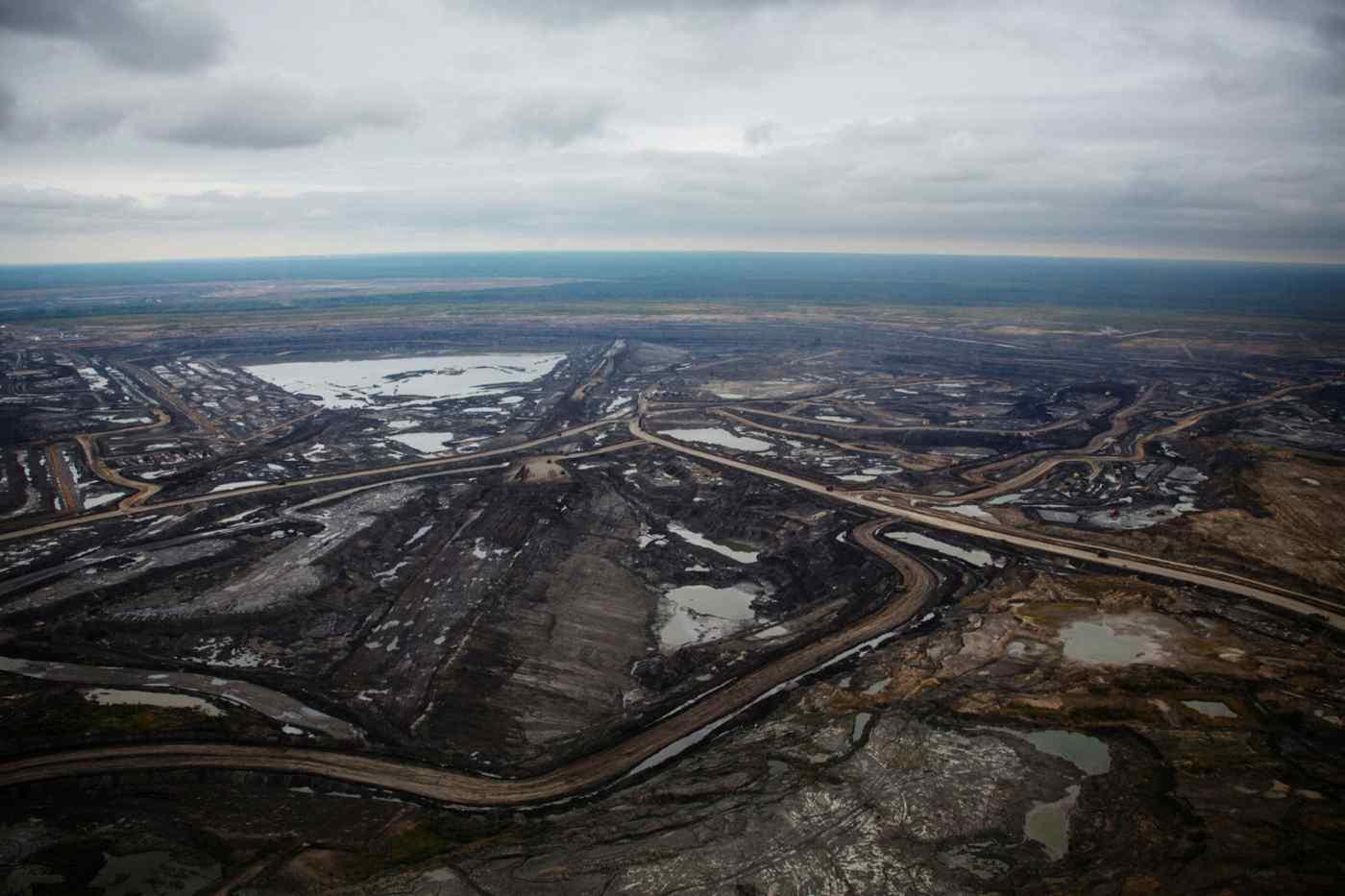
Alberta’s producers — forced to contend with sub-zero oil prices just a couple of years ago — are using the windfall from $100 a barrel crude to repair their balance sheets and beef up dividends.
Oil sands production is rising again even without Keytone XL, as other pipeline routes are expanded to provide export capacity. One of them, the federally owned Trans Mountain expansion to Canada’s Pacific coast, is due by next year after a surge in construction costs. A project adding capacity to Enbridge’s network to the US Midwest is already complete.
“Everything’s just totally switched,” says Tim Valleau, owner of 1441 Energy Services, an oilfield maintenance company in Wainwright, a town close to the Saskatchewan border. When the pandemic hit in 2020, he dismissed the 11 men who worked for him. Now he is struggling to find enough workers. “Folks are punching wells all over the place. It’s right back to where it was in 2014 — and in 2014 it was nuts,” he says, referring to the last time oil topped $100 a barrel, before prices crashed.
Alex Pourbaix, chief executive of Cenovus Energy, one of the oil sands’ largest operators, said the new pipeline capacity had “put the industry in pretty good shape for a number of years”.